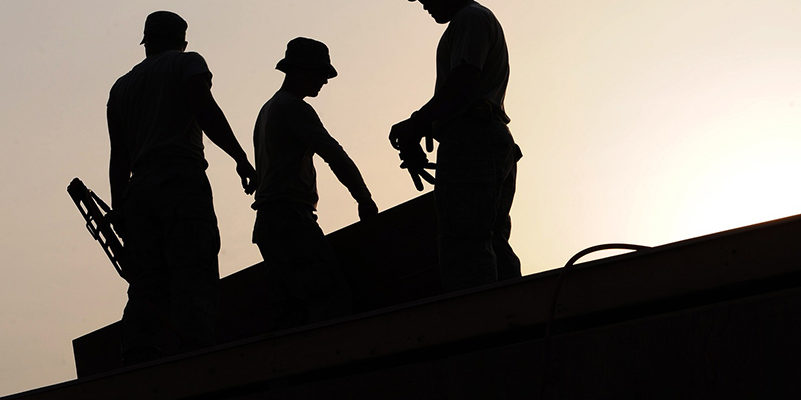Today, information is collected – and available – everywhere, and has become essential to the success of people, processes, organizations and industries. In the construction industry, where the stakes are particularly high, ensuring that the right people have access to real-time information is essential. As the industry increasingly moves to adopt emerging technologies, creating a new Building Internet of Things (BIoT), more and more people are referring to the “connected jobsite.” But what is it? Simply put, a connected jobsite connects resources – people, information, tools, materials, machinery and equipment – across the project chain, regardless of where they are located. Connected jobsites rely on a central, ideally cloud-based, control center that allows for a real-time, single stream of information.
The Many Facets of a Connected Jobsite
A connected jobsite should be able to collect, compute, and relay information to a central hub that is accessible whether someone is remote or local. In some instances, the jobsite trailer is the hub, while various floors or sections of the actual jobsite are the branches. Alternatively, on an enterprise level, the central hub may be corporate headquarters, while the branches are the hundreds of jobsites across the country. More often than not, the connected jobsite involves different stakeholders, connecting architects with owners, contractors, and laborers, and enables information and insights to be collected immediately and accessed by all necessary functions.
The connected jobsite is a hot topic in the industry right now, and with good reason:
- Real-time employee monitoring: Knowing where a worker is on a jobsite is crucial, not only from a safety perspective but a productivity perspective as well. Real-time worker visibility means less time spent tracking down information or potentially injured workers. If you know where your resources are –and workers are a project’s most valuable resource—projects can be managed more efficiently.
- Digital documentation: On a connected jobsite, information is passed in real-time via the cloud, which eliminates travelling between multiple floors or multiple jobsites to obtain signatures, permits, reports, and more.
- Improved communication for scheduling: If, for example, electricians run into an issue that will delay pouring concrete, it is essential that project managers know as soon as possible to adjust scheduling and other timelines. Without that information, the concrete mixer may arrive on site two weeks before it’s needed, costing the company time and money.
- Integrated, real-time applications across jobsites and contractors make it simpler for personnel to file and analyze timesheets, activity logs, injury reports, schedules, blueprints and more. When the latest information is available to more people, and collaboration and communication is enabled, it becomes possible to finish jobs safely and on time.
The Key to Success
At the end of the day, a contractor’s success lies in its ability to meet –or exceed –client expectations. When real-time documentation is non-existent, jobsite hazards or injuries are missed, miscommunication causes a delay, and projects fall behind. When projects are behind schedule, contractors rush at the end to make-up for lost time, which can often lead to accidents occurring at the end of a project.
Technologies to connect the jobsite facilitate visibility, communication, safety, and productivity that gives you the competitive advantage to thrive.
Maximizing Productivity and Safety with a Connected Jobsite
Unlock the full potential of your industrial projects with Triax Technologies, a leading provider of innovative IIoT solutions for connected jobsites. Our comprehensive platform enables real-time employee monitoring, digital documentation, improved communication, and integrated applications, empowering you to maximize productivity and safety on every job. Take the first step towards a connected future by contacting us or requesting a demo today.

